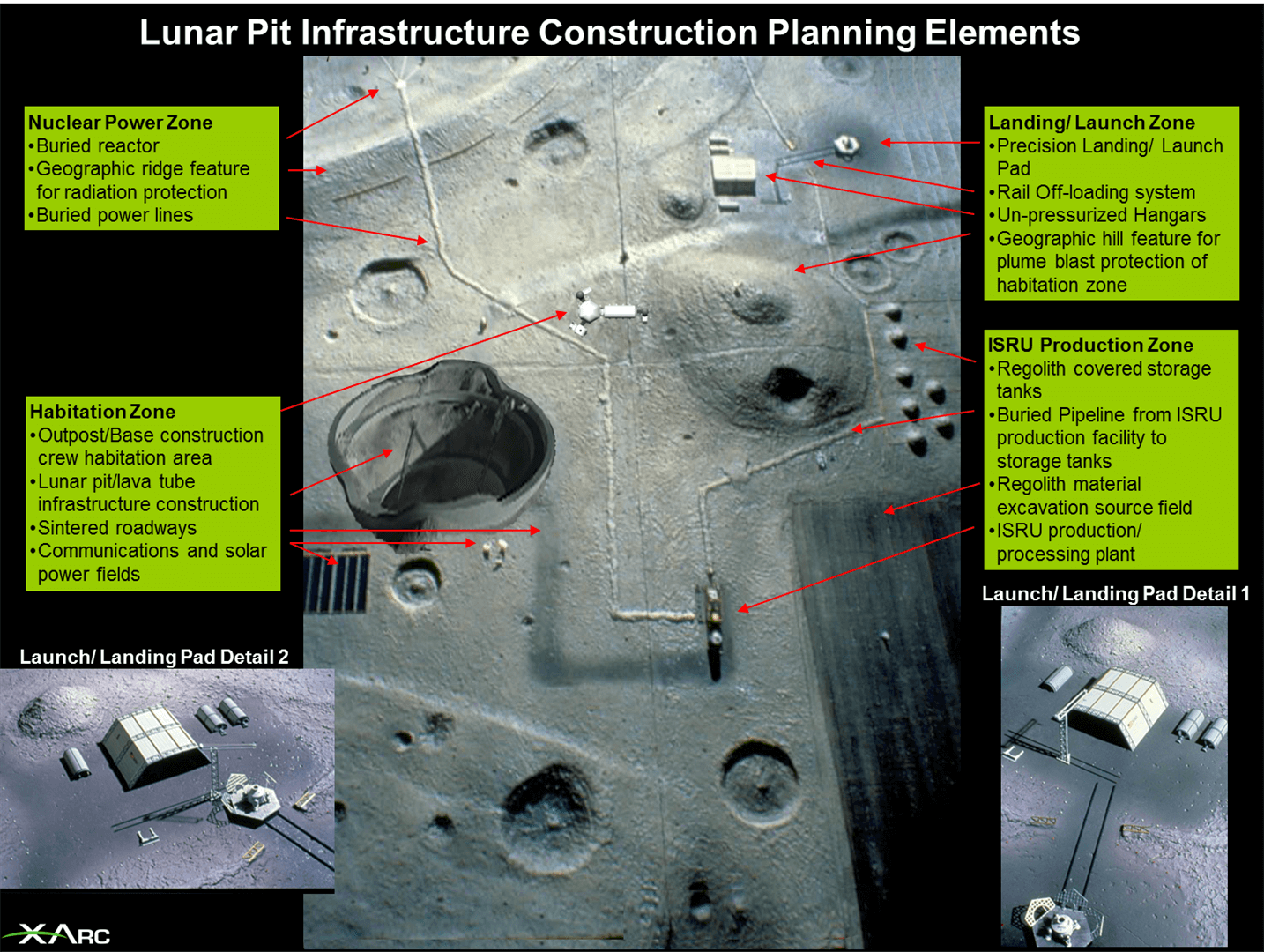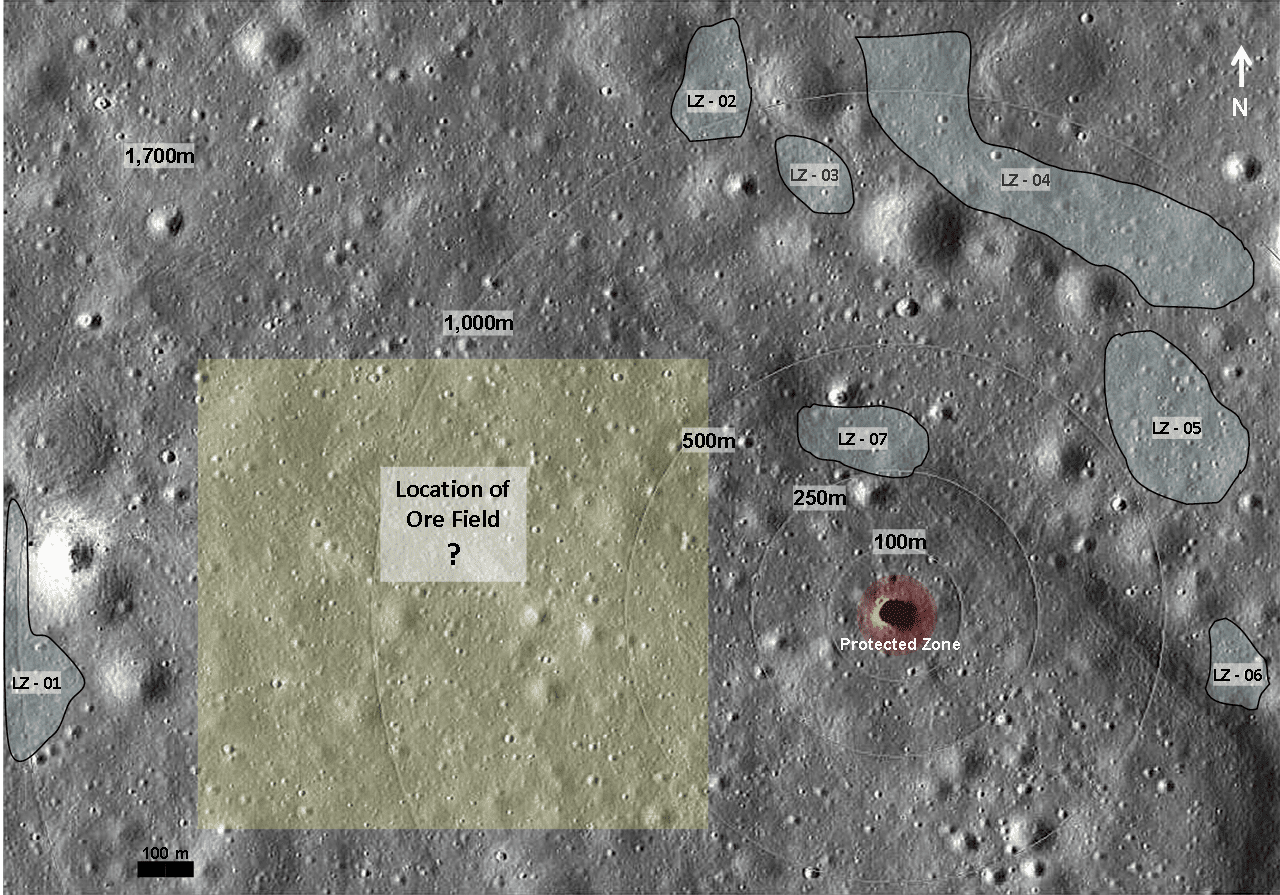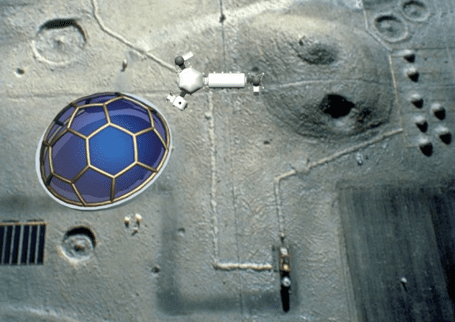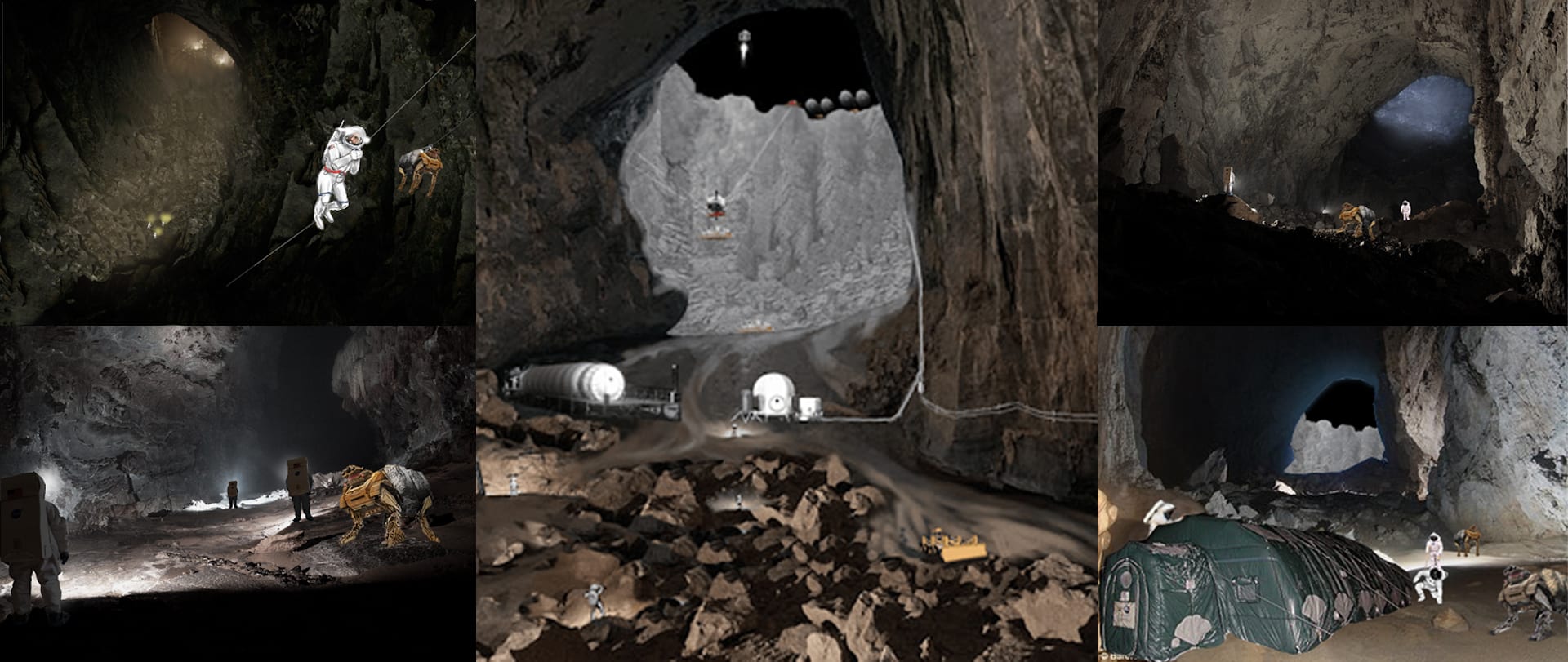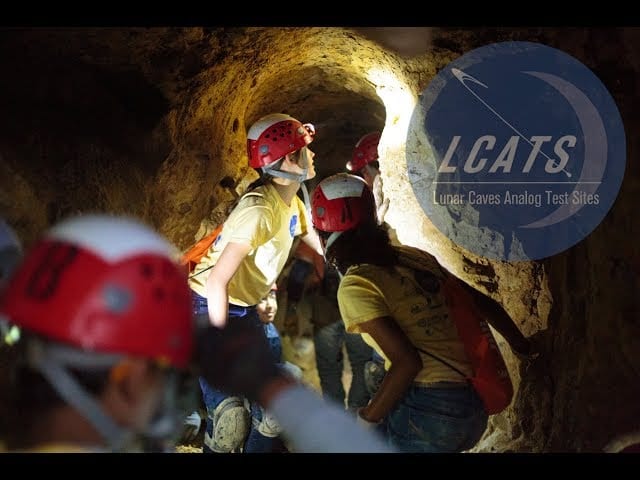Leto Mission Concept for Green Reconnaissance of the Marius Hills Lunar Pit
Ximenes, S.W., A. Shaffer, D.M. Hooper, R. Wells, “Leto Mission Concept for Green Reconnaissance of the Marius Hills Lunar Pit”, 52nd Lunar and Planetary Science Conference 2021, The Woodlands, Texas, Abstract #2640. March 2021; Concept video at https://youtu.be/Zu-lfOQ5Nbw.
Lunar Caves Analog Test Sites for Space-Stem Engagement
Ximenes, S.W., D.M. Hooper, A. Palat, L. Cantwell, M. Appleford, J. Webb, R. Wells, E.L. Patrick, M. Necsoiu, “Lunar Caves Analog Test Sites for Space-Stem Engagement”, 3rd International Planetary Caves Conference (LPI Contrib. No. 2197), Abstract #1035, San Antonio, TX, at Southwest Research Institute, February 18–21, 2020.
Calculating the Rate of Deposition of Micro Dust Particles Using a Quartz Crystal Microbalance
Palat, A., S. W. Ximenes, D. M. Hooper, E. L. Patrick, R. Battaglia, M.Mauro, H. Shin, T. Chung, “Calculating the Rate of Deposition of Micro Dust Particles Using a Quartz Crystal Microbalance”, 51st Lunar and Planetary Science Conference, The Woodlands, Texas, Abstract #2165. March 2020.
Introduction of LCATS-1, A Geotechnical Lunar Regolith Simulant for Multi-Purpose Utilization
Hooper, D.M., S.W. Ximenes, R. Wells, M. Necsoiu, E.L. Patrick, “Introduction of LCATS-1, A Geotechnical Lunar Regolith Simulant for Multi-Purpose Utilization”, 51st Lunar and Planetary Science Conference, The Woodlands, Texas, Abstract #2548. March 2020.
From Dust to Gas, LEAP2 Technologies for Lunar Site Development at the Marius Hills Skylight
Ximenes, S.W. “From Dust to Gas, LEAP2 Technologies for Lunar Site Development at the Marius Hills Skylight”, International Astronautical Federation (IAF) 70th International Astronautical Congress (IAC), Washington, D.C., Paper ID #55016, 21-25 Oct 2019. See Interactive Poster here.
HexHab 3D Construction-printed Planetary Habitat for Extreme Environments
Ximenes, S.W., Bienhoff D., Baycan S., Rao P., Sankaran S., Bianco S., Taylor Z., Shaffer A. “HexHab 3D Construction-printed Planetary Habitat for Extreme Environments”, International Astronautical Federation (IAF) 70th International Astronautical Congress (IAC), Washington, D.C., Paper ID #52989, 21-25 Oct 2019.
LEAP2 and LCATS Industry Clusters: A Framework for Lunar Site Technology Development Using Global Space-STEM Education and Global Space-Industry Development Networks
Ximenes, S.W., Roberts, S., Foing, B., Lee, T.S., Shin, H., Duerte, C., “LEAP2 and LCATS Industry Clusters: A Framework for Lunar Site Technology Development Using Global Space-STEM Education and Global Space-Industry Development Networks”, Acta Astronautica, Volume 157, April 2019, Pages 61-72, https://doi.org/10.1016/j.actaastro.2018.08.006.
What Lies Beneath: Pursuing the Virtual Surface Binding the Lunar Exosphere
Necsoiu, M., E. Patrick, D. Hooper, S. Ximenes, “What Lies Beneath: Pursuing the Virtual Surface Binding the Lunar Exosphere”, 49th Lunar and Planetary Science Conference 2018 (LPI Contrib. No. 2083), The Woodlands, TX, March 19-23, 2018.
Rationale for In-Situ Exploration of the Marius Hills Pit
Dorrington, G.E., C. Brown, G. Pignolet, D.M. Hooper, S.W. Ximenes, E.L. Patrick, M. Necsoiu, “Rationale for In-Situ Exploration of the Marius Hills Pit”, SSERVI Identifier: LLW2018-66, Lunar Science for Landed Missions Workshop, NASA Ames Research Center, January 10-12, 2018.
Dome Pressurization and Regolith Porosity
Patrick, E.L., S.W. Ximenes, D.M. Hooper, and M. Necsoiu, “Dome Pressurization and Regolith Porosity”; 14th ASCE International Conference on Engineering, Science, Construction, and Operations in Challenging Environments, “Engineering for Extreme Environments”, St. Louis, MO, Oct. 27-29, 2014.
Lunar Reconnaissance and Site Characterization at the Marius Hills Skylight
Hooper, D.M., S.W. Ximenes, M. Necsoiu, and E.L. Patrick, “Lunar Reconnaissance and Site Characterization at the Marius Hills Skylight”, Workshop on Golden Spike Human Lunar Expeditions: Opportunities for Intensive Lunar Scientific Exploration, Proceedings of the conference held 3-4 October, 2013 in Houston, TX, , 2013.
LEAP2: Lunar Ecosystem and Architectural Prototype at the Marius Hills Skylight
Ximenes, S.W. and E.L. Patrick, “LEAP2: Lunar Ecosystem and Architectural Prototype at the Marius Hills Skylight”. Workshop on Golden Spike Human Lunar Expeditions: Opportunities for Intensive Lunar Scientific Exploration, Proceedings of the conference held 3-4 October, 2013 in Houston, TX, Abstract #6015, 2013.
Defining a Mission Architecture and Technologies for Lunar Lava Tube Reconnaissance
Ximenes S. W., J.O. Elliott, and O. Bannova, “Defining a Mission Architecture and Technologies for Lunar Lava Tube Reconnaissance”; 13th ASCE Aerospace Division Conference on Engineering, Construction, and Operations in Challenging Environments, “Engineering for Extreme Environments”, Pasadena, CA; April 15 -18, 2012.
Risk Assessment Visualization Study for Lunar Outpost Landing Zone Surface Preparation
Ximenes, S.W., “Risk Assessment Visualization Study for Lunar Outpost Landing Zone Surface Preparation”, Earth & Space 2010 Conference – The 12th ASCE Aerospace Division Biennial International Conference on Engineering, Science, Construction and Operations in Challenging Environment, Honolulu, HI; March 14-17, 2010.
